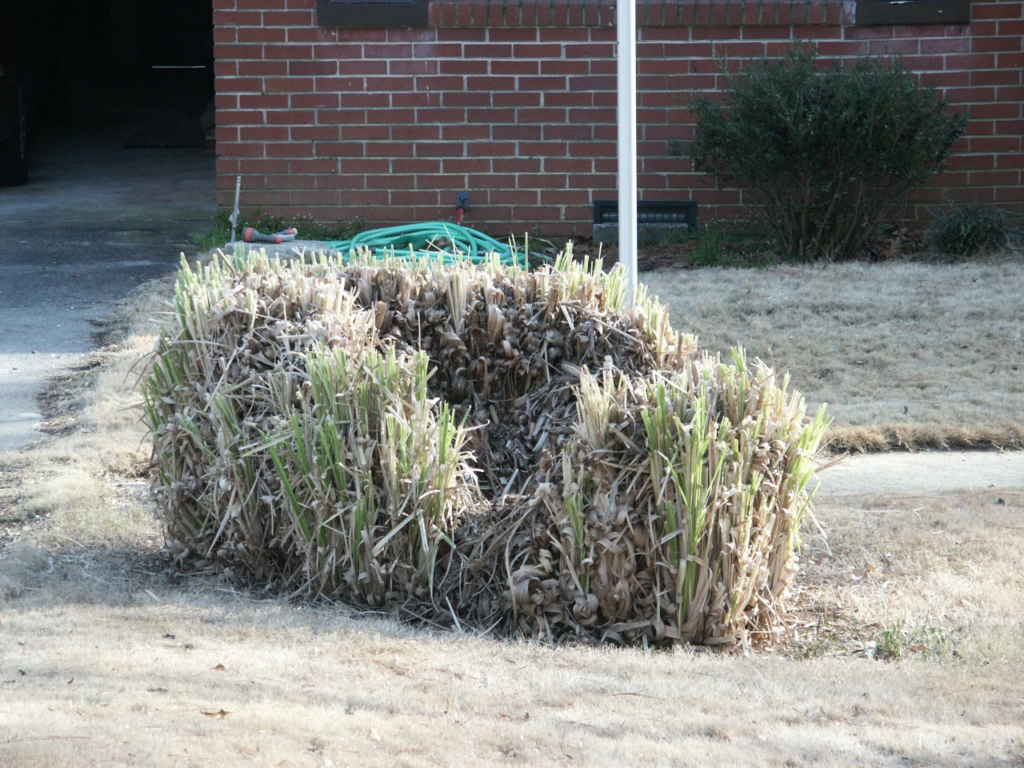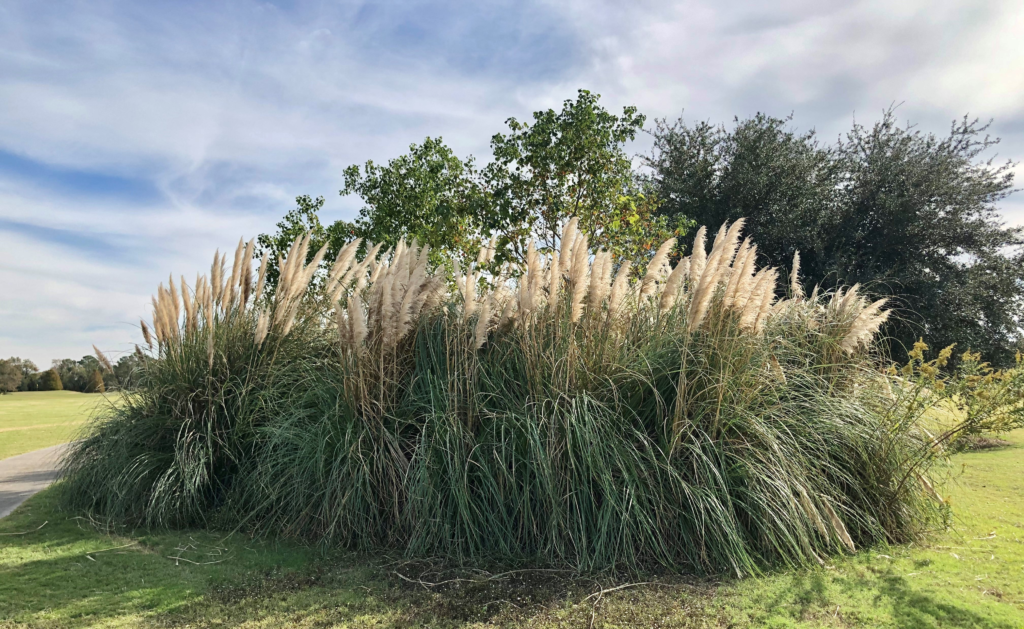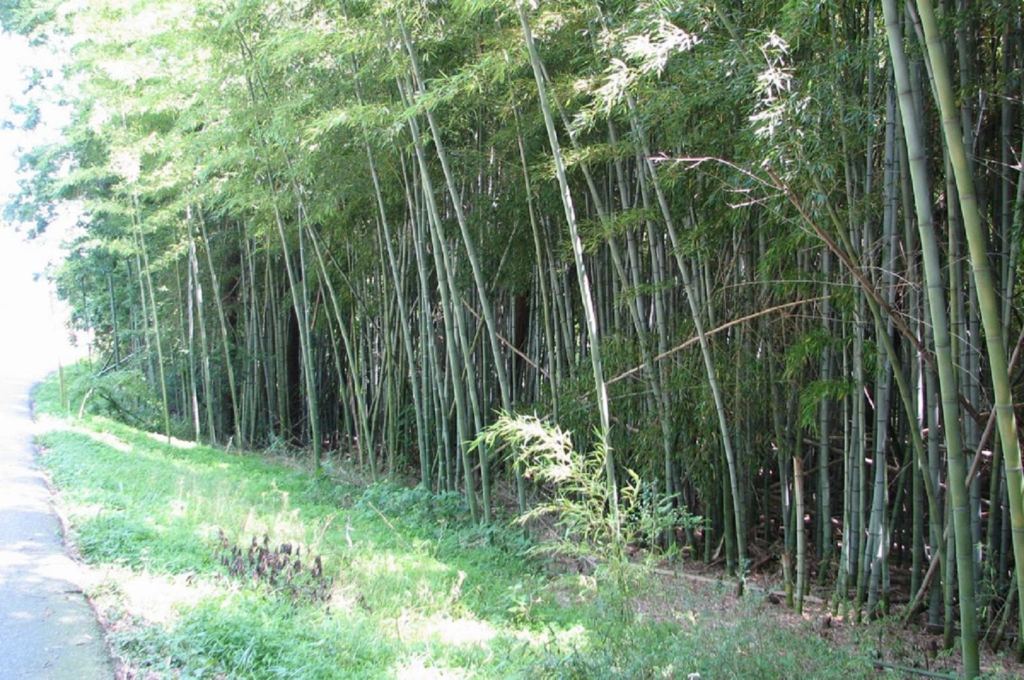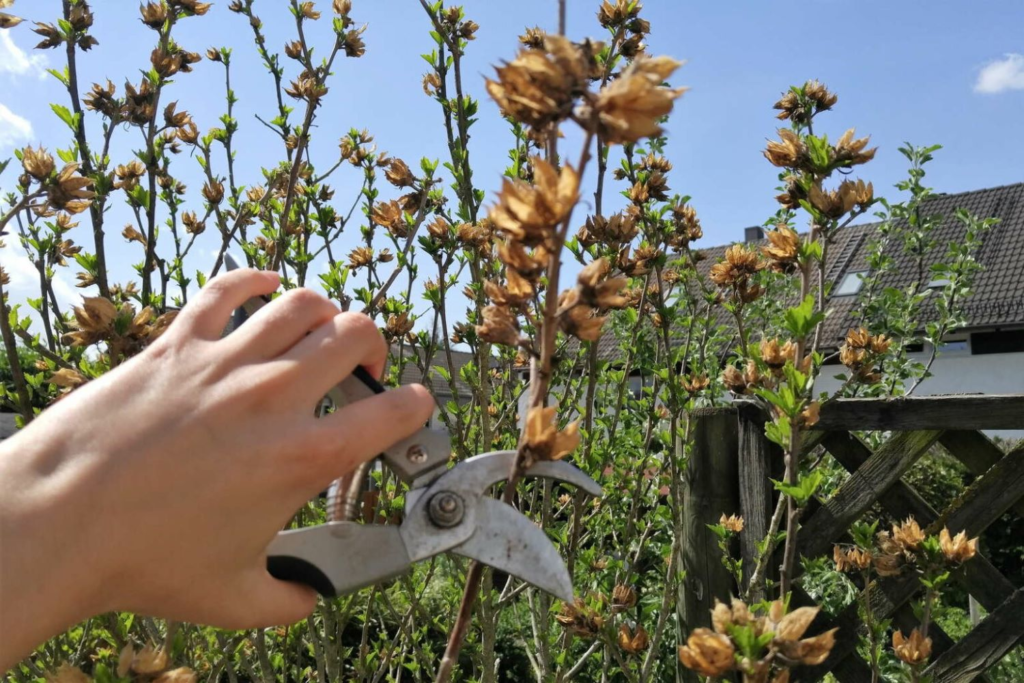We’ve already chatted in a previous post about boosting your garden’s privacy and I mentioned some great plants like bamboo, hydrangeas, hibiscus, pampas grass and those gorgeous Italian cypress.
They’re brilliant for privacy, but can you just plant them and forget? No way! As many of you asked, you’ll need to give them a trim eventually – otherwise you’ll lose control fast! Some plants can turn into proper wild monsters if left alone!
Bamboo
These grow crazy fast… like they’re in some sort of race! But if you’re not careful they’ll take over your entire garden – even your neighbour’s patch too.
That’s why it’s crucial to prune them and keep their growth in check.
- When: Late winter or early spring
- How: Cut the tallest, oldest canes at ground level. Thin out the patch so light and air can get through
- Don’t: Chop it all at once – it’ll end up looking like a right dodgy haircut
Italian Cypress
These beauties are stunning but can get way too tall and completely out of control if neglected. If you’re doing it yourself, my tip is to try not letting them get too tall.
Remember – the taller they grow, the trickier (and more dangerous) they are to maintain.
- When: Late spring or early summer
- How: Just snip the tips to keep them tidy. If they’re getting too wide, trim the sides gently – but don’t go mad or they’ll grow back patchy
- Don’t: Lop the top off unless you want a flat-topped oddball
Hibiscus
These gorgeous flowers will give you a proper fright if you don’t keep on top of them – seriously! They’ll start tangling into themselves and anything nearby, getting bigger and messier by the day!
- When: Early spring, before new blooms appear (mind the surrounding plants)
- How: Cut back about a third of the older branches to encourage new flowers. Remove any dead or crossing branches
- Don’t: Prune in late summer – you’ll cut off next year’s flowers
Pampas Grass
Looks majestic until it becomes a giant, floofy monster shedding everywhere.
- When: Late winter or early spring.
- How: Wear gloves (this stuff is sharp!). Cut the whole thing down to about a foot tall. If it’s too thick, divide the clump with a shovel.
- Don’t: Leave it untrimmed—it’ll collapse under its own weight and look like a haystack exploded.
Hydrangeas
These can get out of hand fast, turning into a jungle of old wood and sad blooms.
- When: Depends on the type!
- Bigleaf (mophead): Right after flowering (don’t prune in spring, or you’ll lose blooms).
- Panicle (limelight): Late winter or early spring.
- How: Remove dead wood and trim back old stems to strong buds.
- Don’t: Chop them all the same—some bloom on old wood, some on new.
Pruning isn’t about hacking away….it’s about keeping things tidy without ruining the plant. Do it right, and your garden stays private and pretty. Do it wrong, and… well, let’s just say your neighbors will have something to gossip about.
Think of it like a haircut: It doesn’t hurt the plant, even if it’s ugly. It will make them stronger! yeah!
Ah, you can’t tackle these pruning jobs with just any old kitchen scissors!
For most of these privacy plants, you’ll want a decent pair of bypass secateurs (the scissor-action ones, not anvil – they give cleaner cuts).
Bamboo’s tough though, so for thicker canes get yourself some loppers or even a pruning saw if it’s really gone wild. Always wear sturdy gloves ! those bamboo edges are sharper than your aunt’s comments at Christmas dinner…….!!11!
As for sealing cuts, most of these plants don’t need it – they’re tough cookies. But if you’re hacking back thicker branches on the hibiscus or hydrangeas, a dab of cinnamon powder (yes, the baking stuff!) works a treat to stop infections.
Just don’t go mad with it – we’re pruning plants here, not making apple pie. Oh, and keep your tools clean with some rubbing alcohol between cuts, especially if you’re dealing with diseased bits. Sorted!
[Spills tea on pruning saw]
“Ah well, that’s sterilised it then…”
PS: Don’t forget to check out the Season Calendar I published. I’ll keep updating it, and feel free to send me stuff to put there!
In general, it’s a calendar organized by season, followed by the months within each season, along with what’s good to plant and what tends to bloom well during that time.








